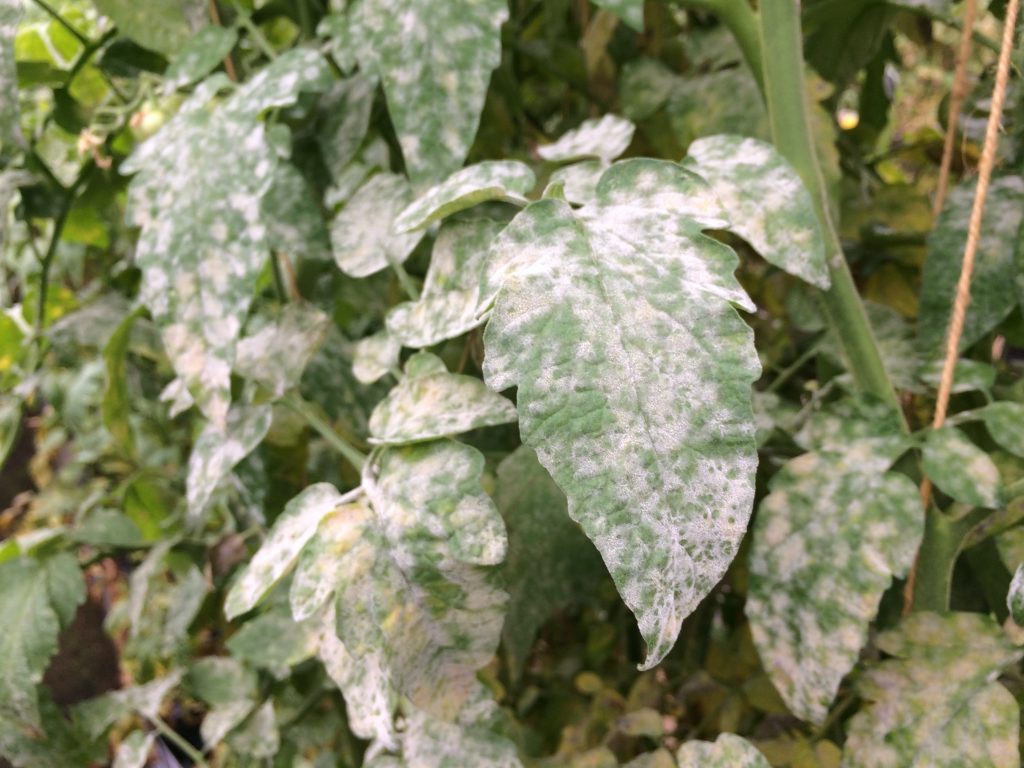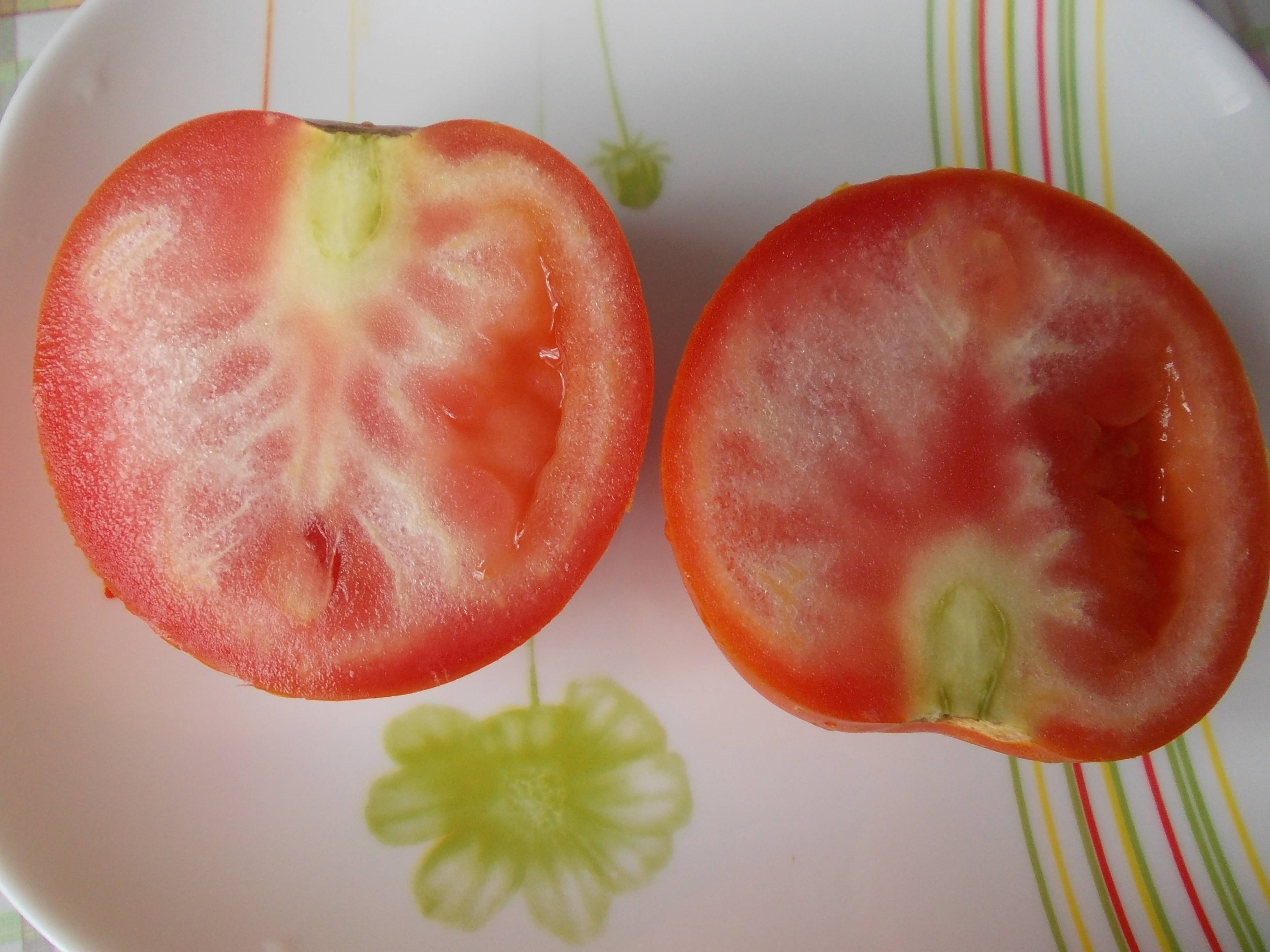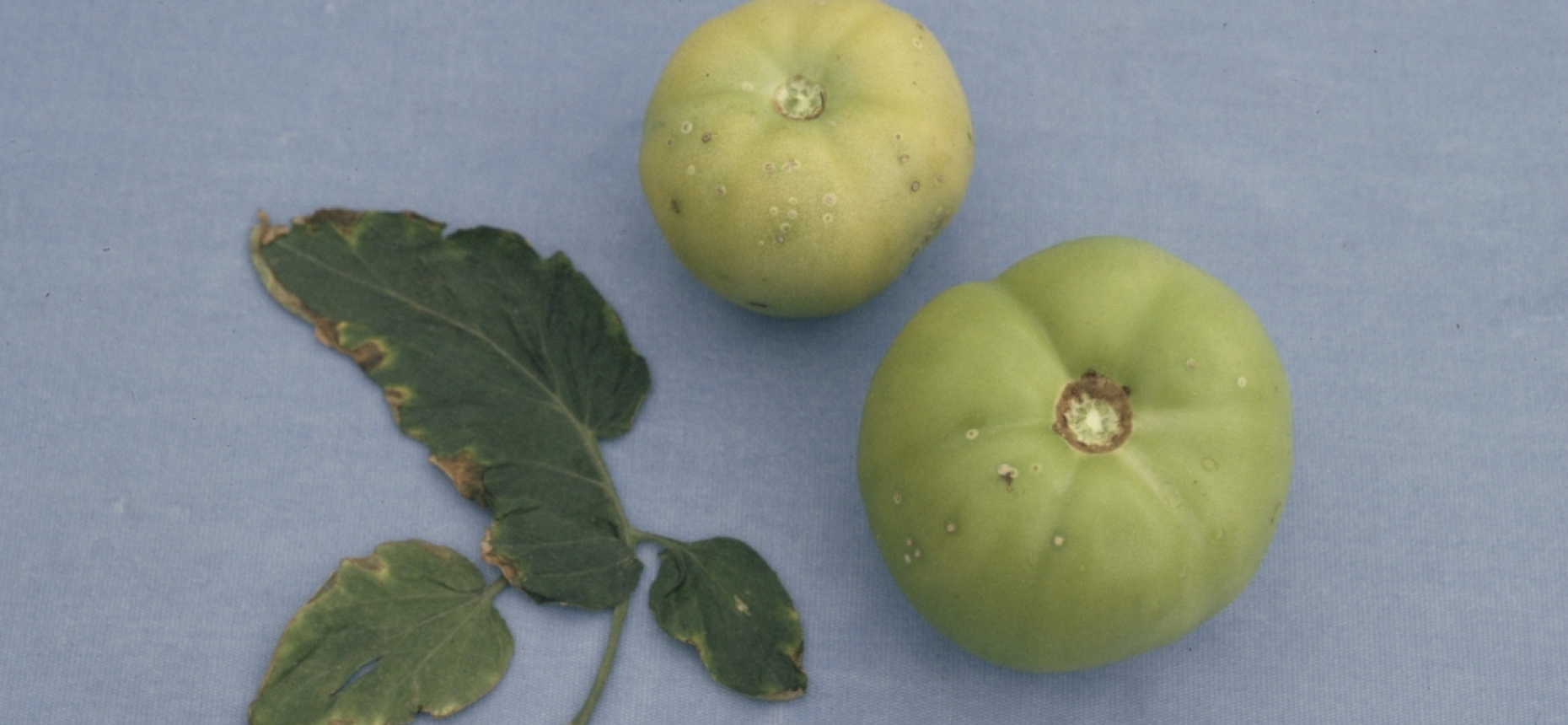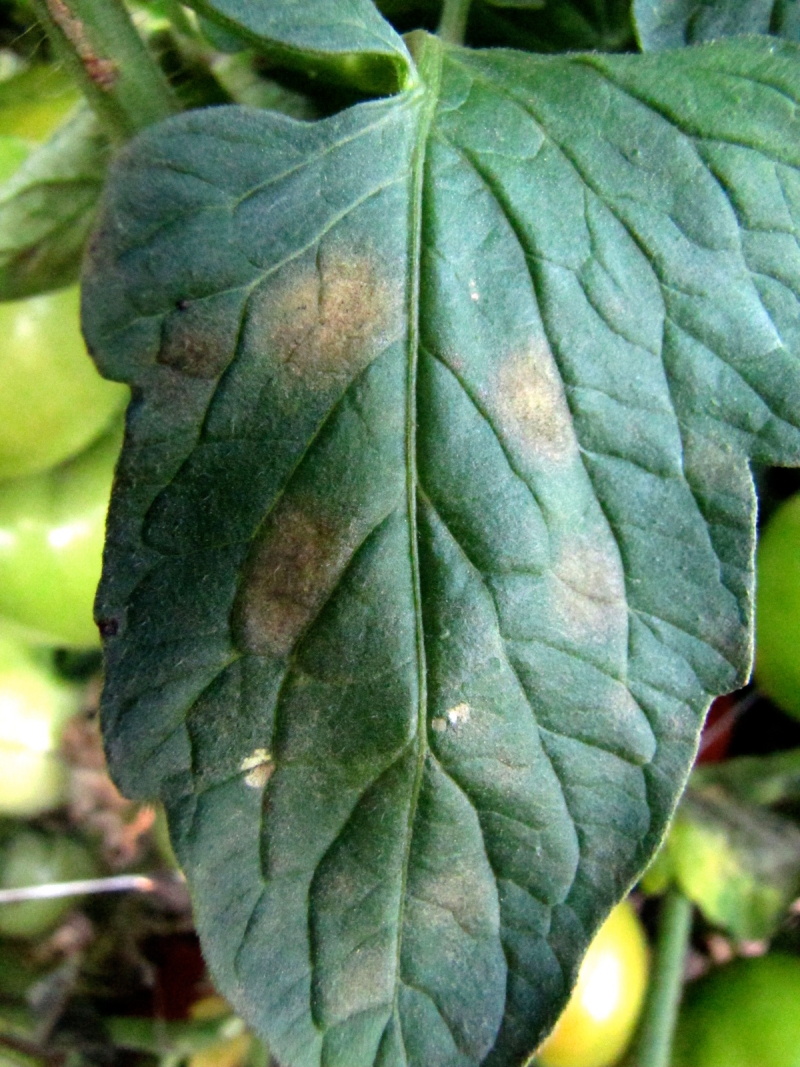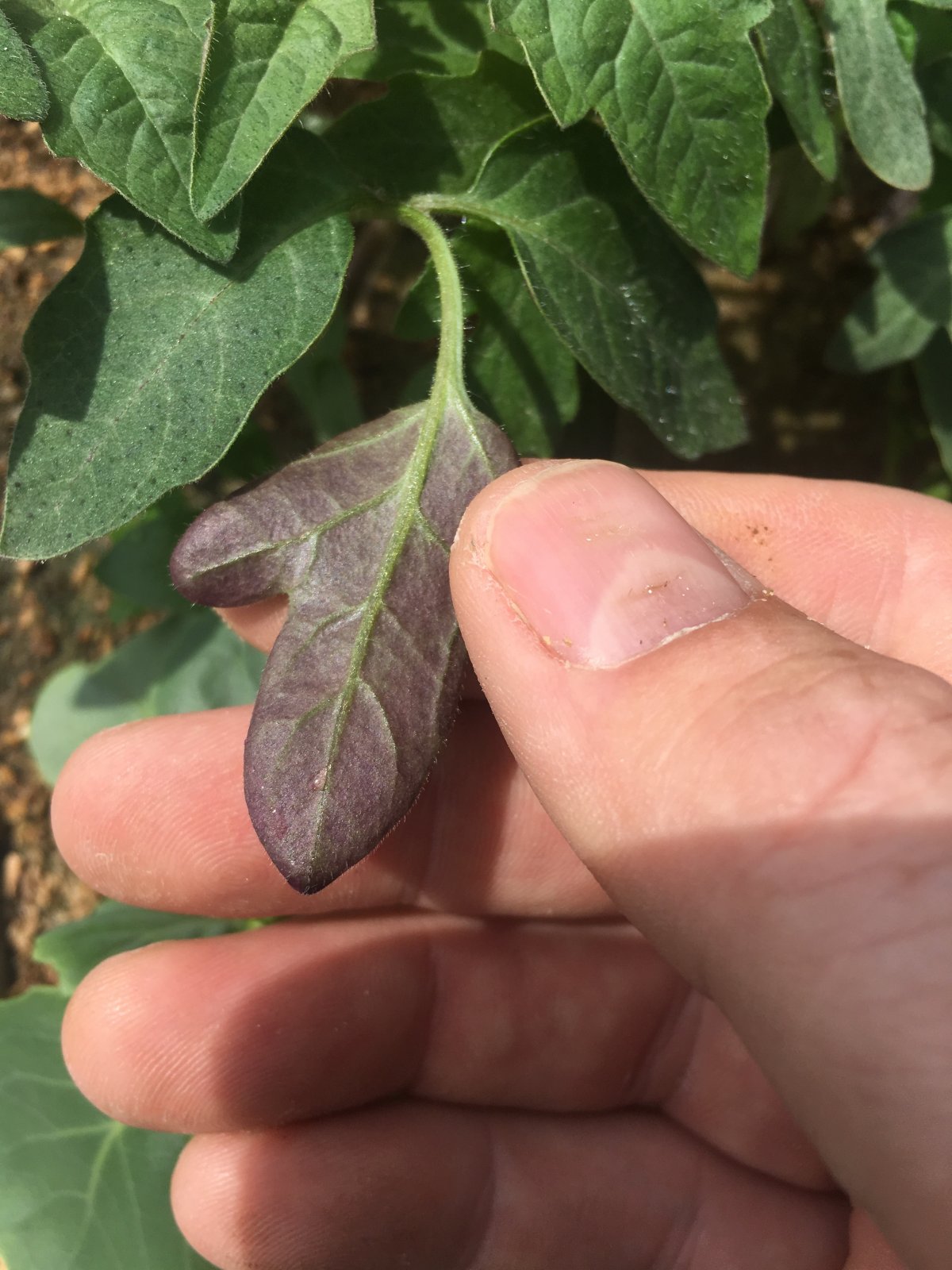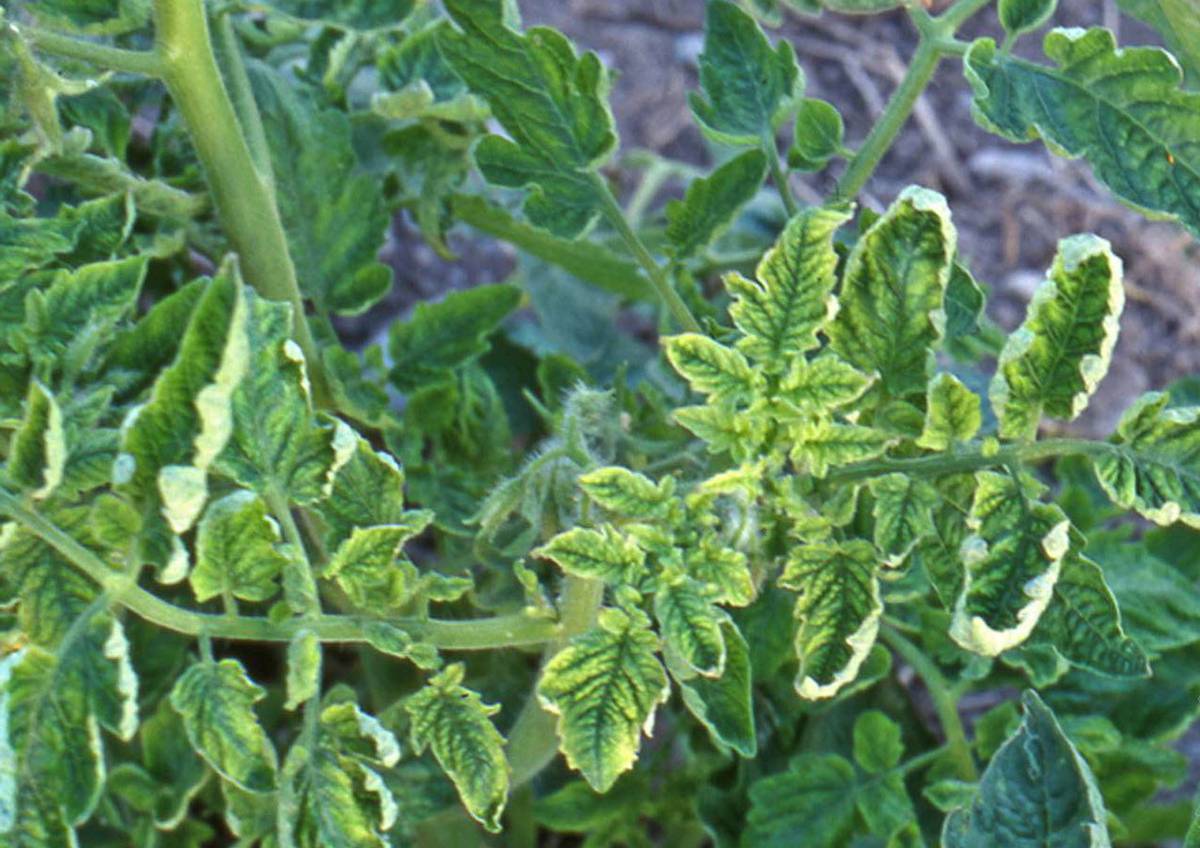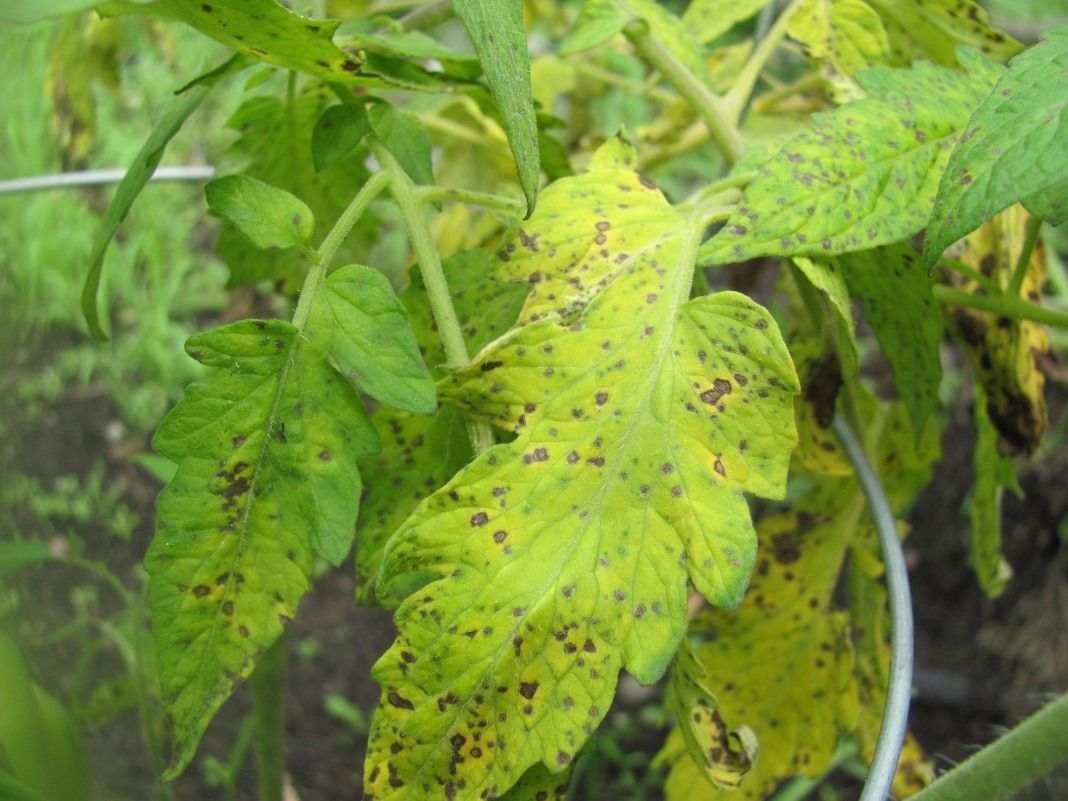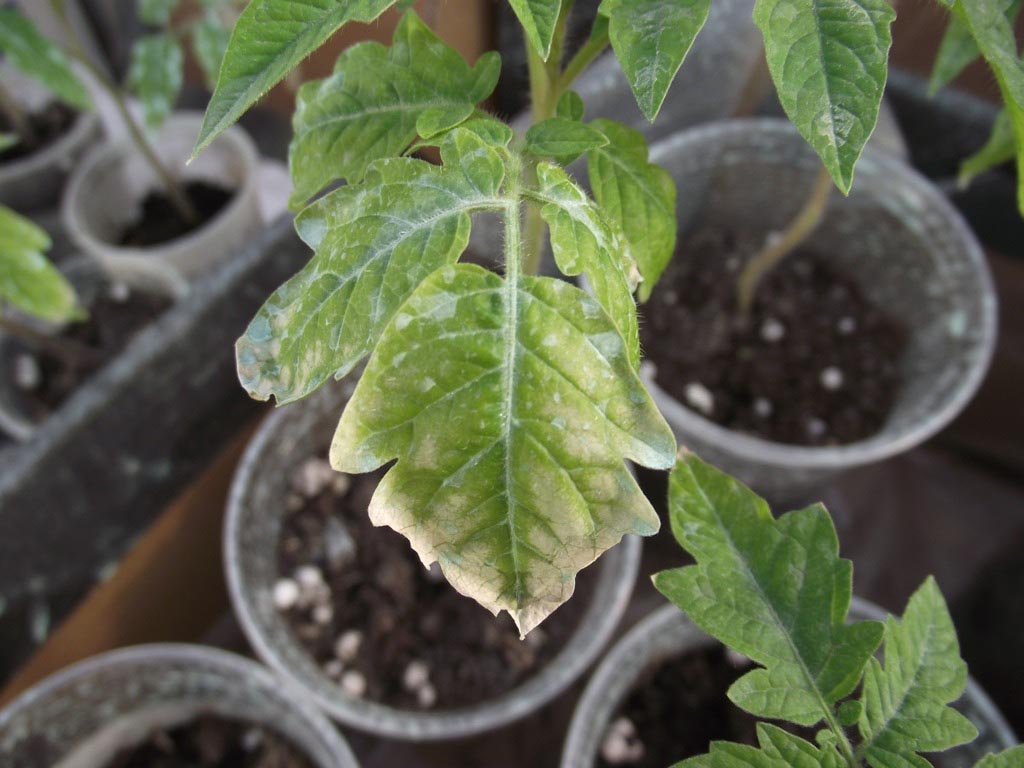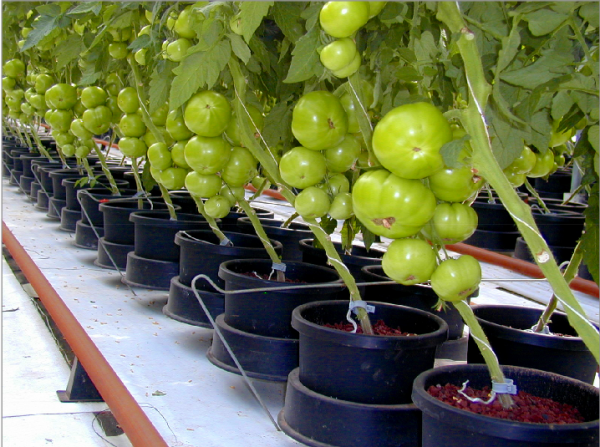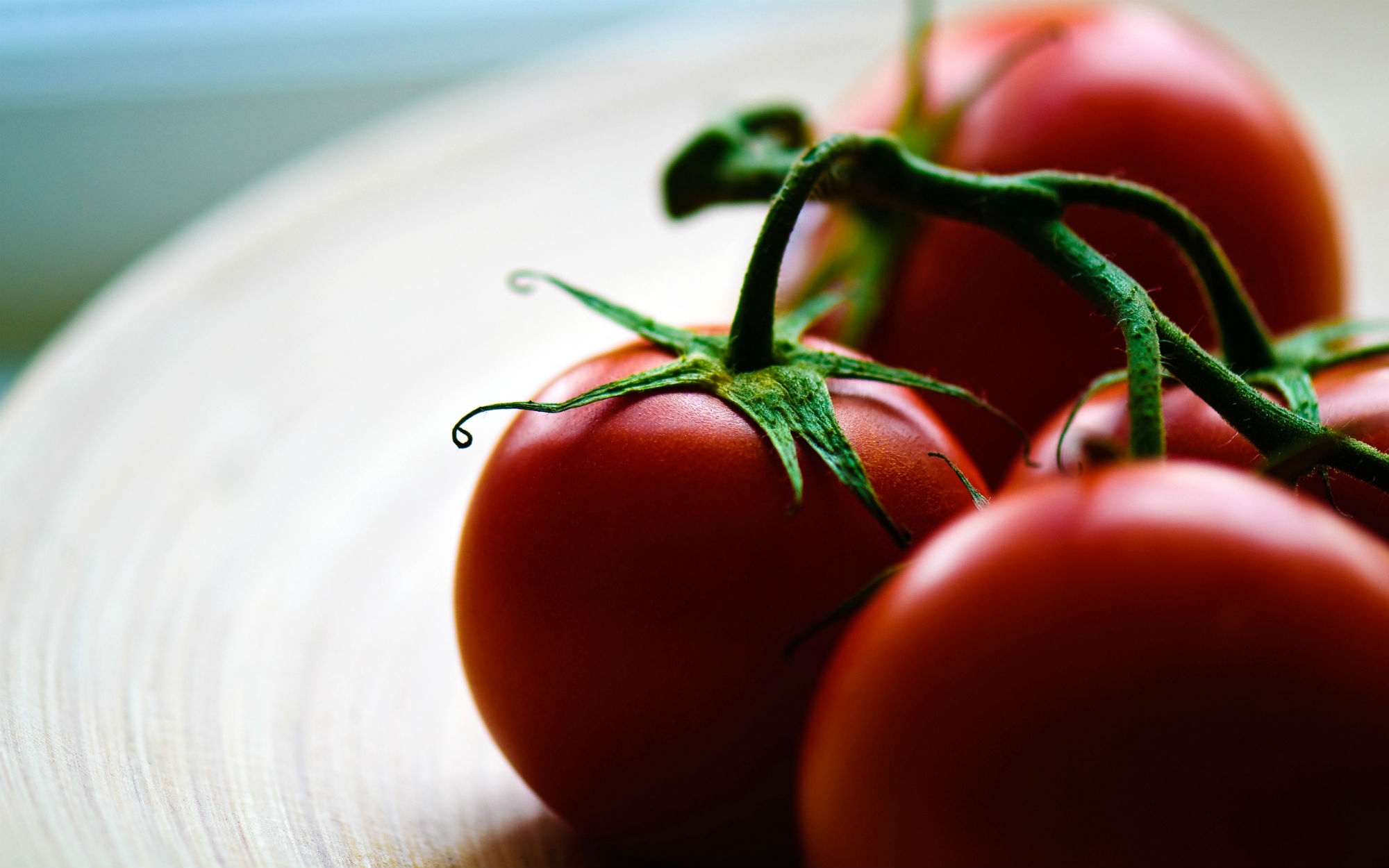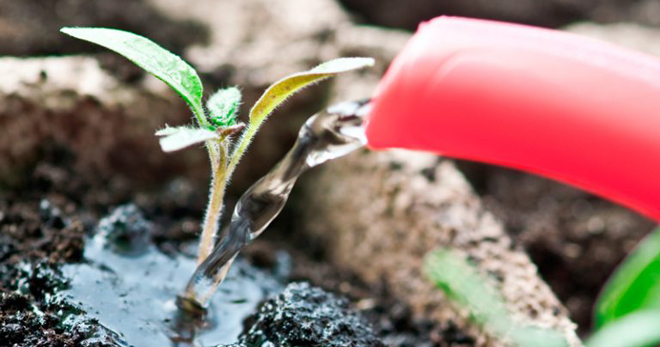Content:
Growers who have had to grow tomatoes from seedlings know how easy it is to do this. But not only successes happen in this field, sometimes the thermophilic pampered seedlings get sick and even die. Timely measures taken to eliminate the causes of the disease help to avoid a sad outcome. And in order to determine them correctly, you need to learn as much as possible about the problems of growing tomato seedlings. In particular, it is advisable to find out where the white spots on the leaves of tomato seedlings come from - a frequent symptom of various diseases.
What are the diseases of tomato seedlings
There are many diseases that attack tomato seedlings:
- Viral;
- Non-infectious;
- Bacterial;
- Fungal.
Viral diseases arise from unfavorable growing conditions, lack of nutrients. Pests can bring the virus to seedlings. In the risk zone, seedlings obtained from seeds untreated before planting.
Non-infectious diseases occur with insufficient or excessive fertilization, imbalance of nutrients in the soil under the plants.
Bacterial ones appear in conditions favorable for the development of pathogenic organisms: at elevated temperatures and excess moisture.
Fungal diseases, similar to bacterial ones, manifest themselves under improper planting conditions: excessive watering and overheating.
Diseases caused by bacteria include:
- Pillar;
- Black bacterial spot;
- Bacterial cancer;
- Brown leaf spot;
- Bacterial mottling;
- Bacterial wilting.
- Noncommunicable diseases are:
- Lack of phosphorus;
- Copper deficiency;
- Lack of calcium;
- Lack of nitrogen;
- Potassium deficiency;
- Magnesium deficiency.
Viral diseases of tomatoes:
- Aspermia;
- Streak;
- Mosaic.
Seedling diseases provoked by a fungus:
- White leaf spot (septoria);
- Powdery mildew;
- Late blight;
- Blackleg;
- Cladosporium disease;
- Fusarium wilting;
- Alternaria;
- White, gray, black rot.
The list is large enough, but the sign of whiteness on the leaves is not inherent in all diseases. It is on those factors that provoke such a symptom that it makes sense to dwell in more detail.
Why did the seedling leaves turn white?
There may be several reasons for this pathology. It is worth considering the factors of their occurrence and control measures in detail.
Powdery mildew
A fairly common problem. It occurs with high humidity, sudden changes in daily temperatures. The culprit for the appearance of white spots on the leaves of tomato seedlings is a marsupial fungus that settles on the underside of the leaves.
Key features
A dirty-white bloom is found on the lower leaves. From above, the leaf blade is covered with yellowish spots. The fungus spreads from the bottom up, causing the seedlings to dry out and die.
Control measures
It is desirable to reduce the percentage of nitrogenous fertilizers that have a negative effect on plant immunity. Instead, feed with potassium and phosphorus. The main helpers in the fight against powdery mildew are fungicides (Fundazol, Fundazim).
Cladosporium
A disease affecting mainly greenhouse tomato seedlings. Attacks hybrid varieties more often.
Key features
Like powdery mildew, the disease attacks first the lower layer of leaves. A whitish coating with a velvety surface appears on them, which eventually becomes brown or black. Leaves, starting from the tips, dry up, can curl and fall off. The process of photosynthesis is significantly slowed down, and as a result, the development of the plant is suspended. Spores that have got on the walls of the greenhouse, soil, inventory, remain viable for a long time.
Control measures
As a preventive measure, it is proposed not to thicken the planting, to ventilate the greenhouse room more often, to monitor the humidity level. When the first signs of cladosporium appear, sprinkling is completely stopped, the affected leaves are removed.
Of the chemicals, Pseudobacterin and Fitosporin are effective. One spraying is unlikely to be enough, so it is advisable to repeat it after 20 days. If the disease does not go away, it is worth purchasing a more powerful drug (Abiga-Peak, Cuproxat).
Tomato mosaic
If the leaves began to turn white on tomato seedlings, perhaps the cause of the symptom is a mosaic.
Key features
The virus most often infects indeterminate varieties. Leaves on seedlings wither, grow, deform. White, yellow, blue or bright green spots appear on them, resembling a mosaic in appearance. First of all, the upper part of the plant suffers. Gradually, the leaves become ugly, brittle, curl. The virus is tenacious, it persists on seeds and in the soil.
Control measures
There is no effective way to treat an already onset disease. Affected plants are removed to avoid contamination of the rest of the seedlings. Before the next sowing, it is imperative to decontaminate the seeds by holding them in a 1% solution of potassium permanganate. The soil mixture for planting is steamed.
Septoria (white spot)
One of the main reasons why the leaves of tomato seedlings turn white. This disease is caused by the fungus Septoria lycopersici.
Key features
On the largest, moisture-saturated leaves of tomato seedlings, white spots appear, gradually increasing in size up to 5 mm. Over time, a black edging appears around the spots, and in the center a gray dot is a repository of fungal spores. Gradually, the disease affects the stems and petioles of the plant. In advanced cases, the spots merge into one, capturing the entire sheet. Result: drying, dying leaves and the inability of seedlings to fully develop.
The virus loves high humidity, it serves as the main factor for its reproduction and dispersal. High temperature also contributes to the development of pathology. Spores are easily transferred to clothing and equipment, quickly take root, and after a week, their harmful effect on tomatoes becomes noticeable.
Control measures
As a preventive measure, experts advise plowing and digging the earth or disinfecting it. It is imperative to remove plant residues, especially in a greenhouse. Planting tomatoes and neighboring crops should be located at a short distance, you do not need to "mold" one to the other.
If possible, soil for tomatoes is collected in places where the cultivation of this crop has not been carried out for more than 3 years. Disinfection of equipment and greenhouses helps in the fight against fungus. Do not neglect the frequent airing of the greenhouse, they will be beneficial.
If the fungus has managed to settle on only one bush, it will have to be removed and burned. When there is a massive infection, fungicides (Thanos, Revus, Title) are indispensable. At first, spraying with Bordeaux liquid will help.
Leaves turn white after planting in the ground
It happens that absolutely healthy, strong tomato seedlings, after transplanting to a permanent place, begin to dry, become covered with light spots. These are the consequences of stress caused by unusual outdoor conditions.
The factors causing the appearance of whiteness on the leaves of tomatoes and peppers include:
- Strong wind, drafts;
- Insufficient soil heating;
- Cold rain;
- Sudden temperature changes;
- Intense exposure to the rays of the sun.
The latter factor causes the appearance of sunburn - those very spots. Often, the affected leaves dry up and fall off, but the growing point remains intact. Therefore, the seedlings do not disappear completely, but nevertheless they are significantly damaged. To avoid this, young bushes after planting, until they have time to turn white, are covered with agrofibre, placing it on pre-installed wire arcs. So the plants will not wrinkle or break. The shelter is removed daily for some time, first in the morning, then in the morning and evening.
Gradually, the seedlings will get used to the scorching sun and it will be possible not to cover it even on a hot afternoon. Addiction will occur approximately 2 weeks after planting.
Another method of adapting seedlings to a new place is also known. It is shaded by sticking branches of deciduous trees (birch, alder, aspen) next to the seedlings. After a few days, the branches will dry out and can be removed. Tomatoes will get used to the new place by then.
They are diluted with water at the rate of 1 ml per 5 liters of water. Processing can be started on the second day after disembarkation, as a preventive measure.
Sometimes the leaves of tomatoes turn white due to root damage during planting. To avoid this, you need to grow seedlings in separate cups or pick up on time, planting seedlings in separate containers. Also, before planting, it will not be superfluous to harden the seedlings. They start it a couple of weeks before the planned landing in the ground. First, containers with plants are left in the fresh air for several hours. In this case, direct sunlight and exposure to drafts and wind are not allowed. After a week, the time spent outside can be increased to a day, covering the seedlings with insulation at night.
Then you can start accustoming tomatoes to the sun. They are left in a well-lit place for 2-3 hours, gradually increasing the time.
It is worth remembering about proper watering, which is carried out in the morning or in the evening, avoiding moisture on the leaves. The droplets act as lenses to collect the sunbeam, causing burns.
If light spots appear on tomato seedlings, do not waste time in vain. It is necessary to find out the cause of the disease and take appropriate measures, this is the only way to save the future harvest.
